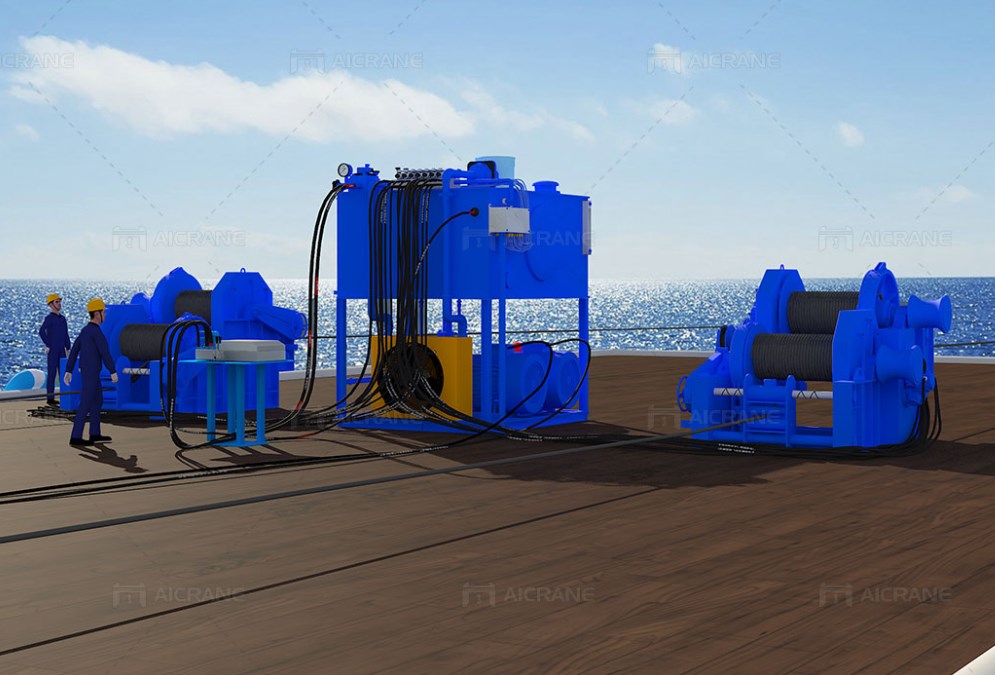Introduction to Deep Sea Deck Winch and Its Vital Role
Beneath the vast expanses of the world's oceans lies a realm of mystery and potential, where exploration and research offer glimpses into uncharted territories. At the heart of these endeavors lies advanced technology, and one such innovation is the deep sea deck winch. In this article, we dive into the depths to uncover the significance and role of the deep sea deck winch in unlocking the secrets of the ocean floor.
Unveiling the Deep Sea Deck Winch
A deep sea deck winch is a specialized piece of equipment designed to withstand the harsh conditions of deep-sea environments while facilitating the deployment and retrieval of scientific instruments, research tools, and sampling devices. This intricate machinery is equipped with features tailored to the unique challenges presented by extreme pressures, darkness, and the corrosive effects of saltwater.
The Role of the Deep Sea Deck Winch
The deep sea deck winch fulfills several crucial roles that are essential for conducting research and exploration in deep-sea environments:
Instrument Deployment and Retrieval: One of the primary functions of a deep sea deck winch is to deploy and retrieve scientific instruments and equipment used for data collection. These instruments can range from remotely operated vehicles (ROVs) and autonomous underwater vehicles (AUVs) to sensors and cameras that capture valuable information about the ocean's ecosystems and geology.
Sample Collection: Collecting samples from the deep-sea floor is a delicate process. The winch allows researchers to lower devices such as sediment corers, grabs, and samplers to collect samples of sediments, rocks, and biological specimens. This helps scientists gain insights into marine life, geological formations, and environmental changes.
Tether Management: ROVs and AUVs are often tethered to the surface vessel for communication and power supply. The deep sea deck winch manages the deployment and retraction of these tethers, ensuring that the underwater vehicles can operate effectively and safely.
Positioning and Stability: Operating in the extreme conditions of the deep sea requires precise positioning and stability. The winch's control systems enable researchers to maintain control over the speed and direction of deployment, ensuring accurate placement of instruments and vehicles.
Challenges and Advancements
Developing a deep sea deck winch is a formidable engineering challenge. The winch must withstand immense pressures, extreme temperatures, and corrosive saltwater. Innovations in materials, coatings, and sealing technologies have played a crucial role in creating winches that can endure these conditions while maintaining optimal functionality.
Advancements in automation, remote control, and data integration have also transformed deep-sea exploration. Modern deep sea deck winches often feature computerized control systems that allow researchers to monitor and control operations from the surface vessel, reducing the need for manual intervention and enhancing safety.
Conclusion
The deep sea deck winch stands as a testament to human ingenuity and determination to uncover the mysteries hidden beneath the ocean's depths. As researchers continue to push the boundaries of our understanding of marine ecosystems, geological formations, and environmental changes, the deep sea deck winch remains an indispensable tool, enabling us to explore, discover, and protect the delicate balance of life that thrives in the darkness of the abyss.



Comments
Post a Comment